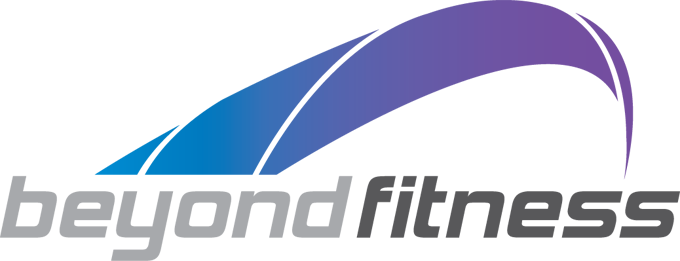What is osteopathy all about and what’s in it for me? Beyond Fitness Osteopath Boris Lukin explains.
Every time someone asks me what I do, I say “I’m an Osteopath”.
And almost every time they look at me with a puzzled face and ask “What’s that?”
Well let me explain what an Osteopath does…
Osteopaths practice osteopathy, a form of manual medicine which recognises the links between the structure of the body and the way it functions.
We are skilled in evaluating, diagnosing and treating a whole range of dysfunctions in the body.
Dysfunctions ranging from:
- acute sprains
- strains
- chronic aches and pains
- any musculoskeletal conditions.
Osteopaths are primary healthcare practitioners
We are recognised as primary healthcare practitioners and we are trained to recognise conditions which require medical referral.
So what can you expect from your osteopathy treatment?
We get to know you
First we ask plenty of questions about your condition, symptoms and medical history. This gives us an idea of what could be wrong and what assessments we need to do before we start treating you.
We assess your body and form a plan
We look at your body and perform the required diagnostic assessments to work out the dysfunction, and plan a course of treatment.
Osteopathy is considered holistic.
This means that sometimes your dysfunction may be a result of things going on in other parts of the body causing referred pain. So we will also assess other parts of your body.
We use a range of techniques to help you
The treatments can last for 30-45 minutes and depending on what the dysfunction is, we may use a range of manual techniques such as massage, stretching or mobilisation of specific joints and soft tissues.
Getting a treatment shouldn’t hurt too much during or after, however some people respond differently to treatments and may experience some discomfort a day or two after.
Along with treatment we will give you some advice, stretches or exercises to take home to help you manage the condition and help you on your way to recovery.
Osteopathy is not always a quick fix
I think that some people expect one treatment to pretty much fix the problem and in some instances that will be the case but in others it might require a course of treatment over a few weeks.
Something that’s been going on for a few years can’t be treated in 30 minutes.
Osteopathy is covered by most private health funds
Osteopathy is covered by most private health funds depending on your policy and by Medicare’s Chronic Disease Management Plan.
So there you have it: a quick rundown of osteopathy and what to expect with your treatment.
Now when some tells you they are an osteopath, you won’t have that puzzled look.
Please give me a call if you’d like to get an assessment. I look forward to meeting you.

